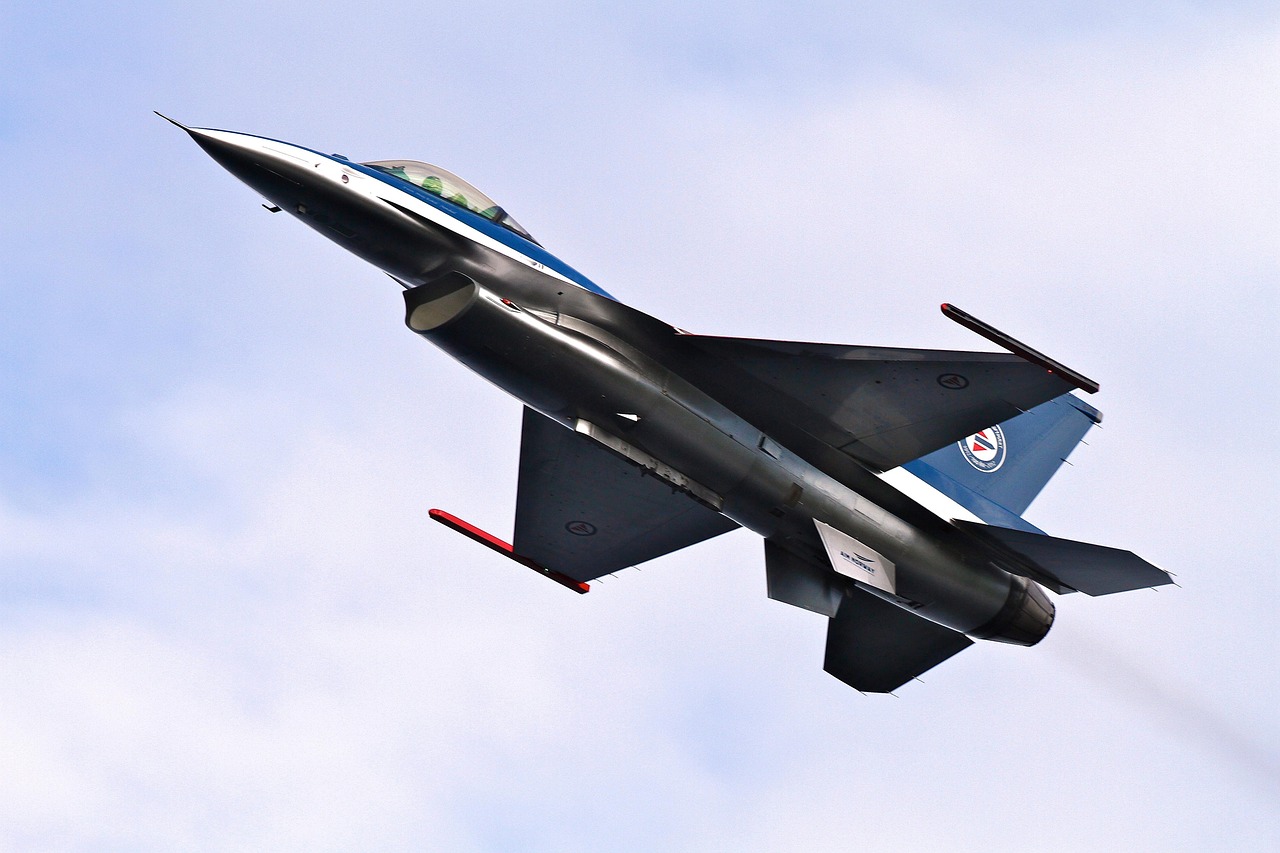How Can We Celebrate Welsh Sportswomen? Insights from Grey-Thompson

Published: 2025-09-15 16:40:41 | Category: wales
Baroness Tanni Grey-Thompson has raised important questions about the representation of women in Welsh sports, particularly regarding the lack of statues celebrating female athletes. While male athletes like former marathon record holder Steve Jones receive such honours, Grey-Thompson emphasises the need for equal recognition of women's contributions to sports in Wales. Her comments come amid discussions on how to better celebrate the achievements of Welsh sportswomen through various means.
Last updated: 20 October 2023 (BST)
Key Takeaways
- Baroness Tanni Grey-Thompson highlights the lack of statues for Welsh sportswomen.
- Steve Jones recently became the 18th male athlete to receive a statue in Wales.
- Grey-Thompson questions the significance of statues in modern recognition of athletes.
- Welsh Sports Hall of Fame has been active in recognising female athletes.
- Funding and public interest play key roles in the creation of statues.
The Context: Statues and Recognition in Welsh Sports
Statues have long been a way to commemorate achievements in sports, with many famous male athletes being immortalised in stone or bronze across the UK. Recently, Steve Jones's statue was unveiled, a recognition of his remarkable career in marathon running. However, this has prompted Baroness Grey-Thompson, an 11-time Paralympic gold medallist, to voice concerns about the lack of similar recognitions for female athletes in Wales.
Baroness Grey-Thompson's Perspective
Baroness Grey-Thompson has been at the forefront of advocating for women's sports, noting that while Welsh sportswomen like Elinor Barker, Jade Jones, and Lauren Price have achieved great heights, their contributions are often overshadowed. She asserts that the current landscape of sports recognition needs to evolve, questioning if physical statues are still relevant or necessary in today's context.
The Role of Funding in Commemorative Statues
One of the critical factors influencing the placement of statues is funding. Grey-Thompson pointed out that many statues are often financed by male athletes themselves or through male-dominated organisations. This raises questions about how female athletes can secure similar funding and support for their recognition. It suggests that systemic issues may be at play, limiting the visibility of women's sports.
Current Recognition of Welsh Sportswomen
Despite the lack of statues, Grey-Thompson commended the Welsh Sports Hall of Fame for its efforts in recognising female athletes. The Hall of Fame has inducted several women, which serves as a testament to their achievements. However, the discussion remains whether this form of recognition is enough or if more tangible symbols, like statues, are required to inspire future generations.
The Impact of Statues on Young Athletes
Baroness Grey-Thompson reflected on her own experiences, recalling the impact of statues she encountered as a child. She wonders whether today's youth connect with such monuments in the same way. This raises broader questions about how young people view sports heroes and the forms of recognition they value.
Celebrating Achievements: Beyond Statues
Baroness Grey-Thompson suggested that recognising athletes doesn't have to be confined to physical structures. She believes there are multiple ways to honour achievements, such as through community programmes, scholarships, and funding for upcoming talents. By focusing on nurturing the next generation, the conversation can shift from static recognition to dynamic support for women's sports.
The Future of Women's Sports Recognition in Wales
As discussions around recognition continue, the conversation is beginning to shift. The focus is not solely on how to honour past athletes but also on how to encourage and support the future of women's sports. This includes examining how resources can be allocated to ensure female athletes receive the recognition they deserve.
Conclusion: The Path Forward
Baroness Grey-Thompson’s insights invite a critical examination of how women's sports are celebrated and recognised in Wales. While statues have traditionally played a role in this recognition, it is essential to consider what forms of honouring athletes resonate with today's society. By exploring alternatives to traditional statues and placing emphasis on supporting future female athletes, Wales can create a more inclusive narrative in sports. As the conversation evolves, one must consider: What is the best way to honour the achievements of female athletes in a manner that truly inspires the next generation?
FAQs
Why are there fewer statues for female athletes in Wales?
The lack of statues for female athletes in Wales is often attributed to funding issues and historical gender biases in sports recognition. Many statues are funded by male athletes or their organisations, leading to unequal representation.
What is the Welsh Sports Hall of Fame doing for women athletes?
The Welsh Sports Hall of Fame has been active in recognising female athletes by inducting them and celebrating their achievements, although the visibility and impact of these recognitions may vary.
Are statues still relevant for recognising athletes?
Baroness Grey-Thompson questions the relevance of statues today, suggesting that while they can inspire, there are other meaningful ways to recognise achievements, particularly in supporting future talents.
How can we better support female athletes in Wales?
Supporting female athletes in Wales can involve investing in community programmes, scholarships, and initiatives that promote women's sports, rather than focusing solely on physical monuments.
Who are notable Welsh sportswomen that have made an impact?
Notable Welsh sportswomen include Elinor Barker, Jade Jones, and Lauren Price, who have all excelled in their respective sports and have received recognition through various platforms.



